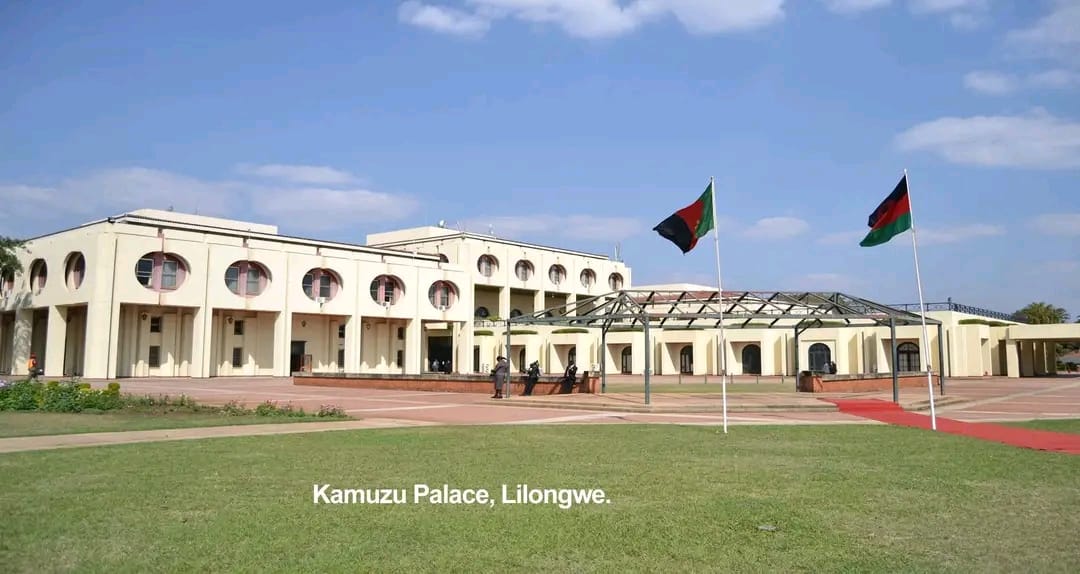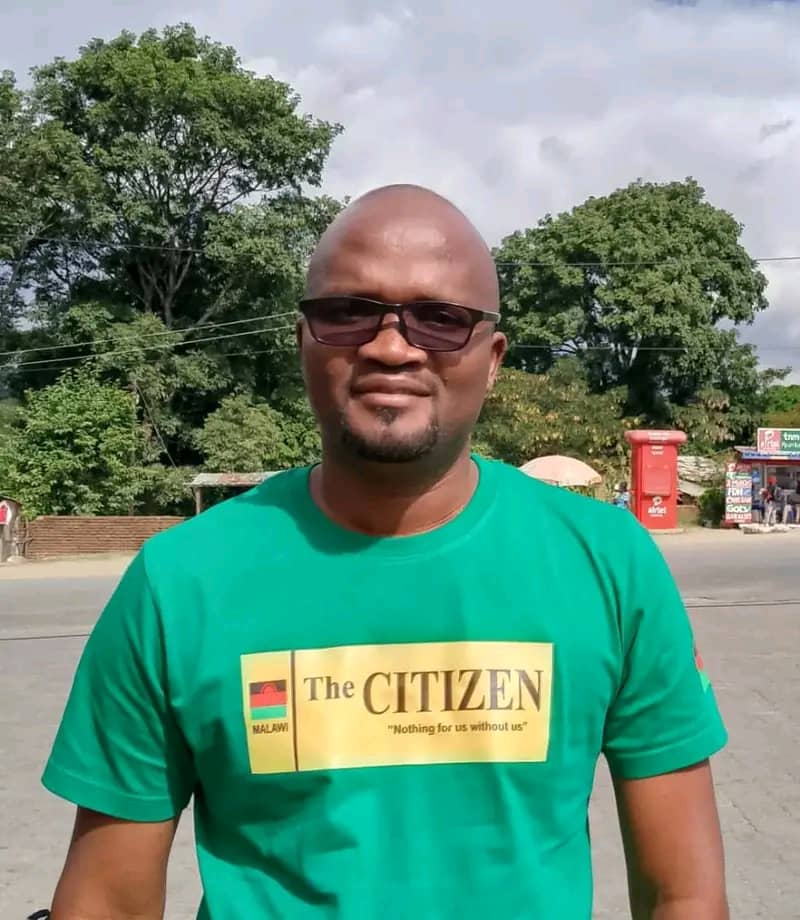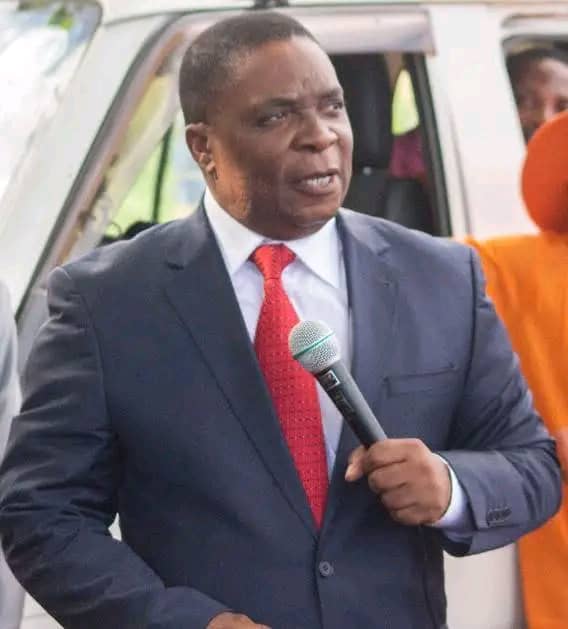By: Suleman Chitera
Opening Scene
It was a blistering Tuesday afternoon when I first arrived at the gates of Kamuzu Palace in Lilongwe. What greeted me was not the stately façade we associate with a presidential residence, but a compound in visible decay.
Trash lay scattered across inner lawns, the grass was scorched and brown, and the path toward the main house was uneven, pocked with erosion. The outer walls — long kept clean — now bore stains and marks that hinted at deeper neglect.
Within moments of entering staff quarters, the evidence became unmistakable: stripped rooms, missing appliances, exposed wiring, broken taps, and in one room, what appeared to be a smear of human faeces along a wall — a grotesque sign, many say, of contempt toward one of the nation’s most symbolic assets.
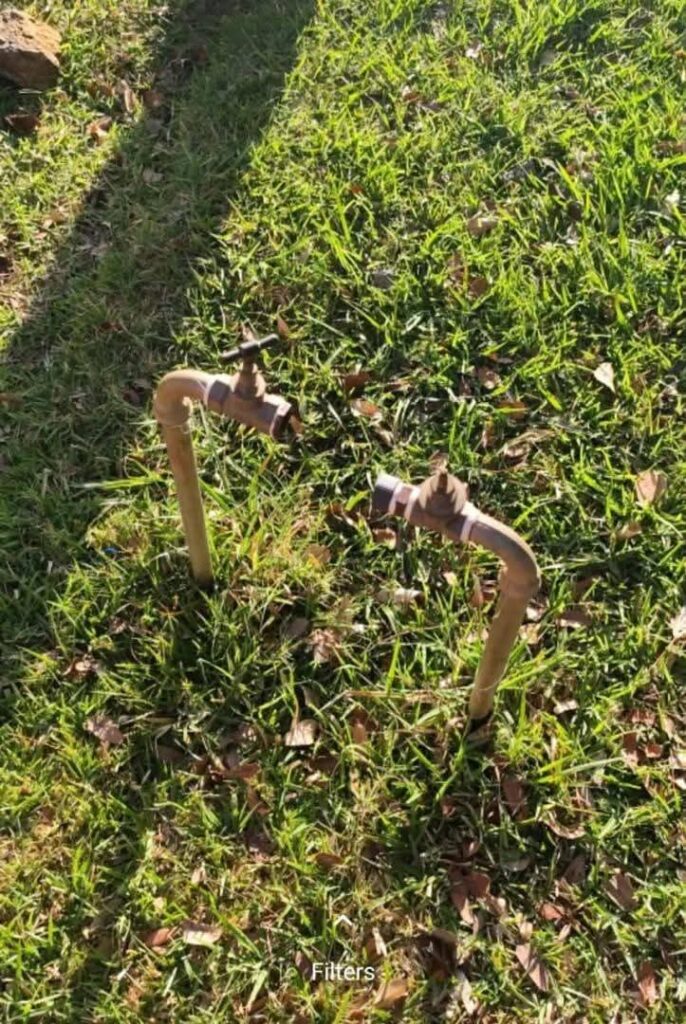
These scenes, confirmed by multiple reporters and witnesses, paint a picture of something between vandalism, looting, and institutional collapse.
What We Found: Damage, Missing Assets, and Disrepair
Over the course of three site visits, and in conversations off the record with palace staff and security, here is a summary of the damage documented:
Furniture, TVs, chandeliers, gym machines, air conditioners, and appliances once installed inside the presidential residence and supporting buildings have been removed.
Pipes have been broken; taps left running, causing water to leak or flow unrestrained in hallways and corridors.
In staff houses adjacent to the main residence, carpets and decorative fixtures have been uprooted, ceilings stripped, and windows smashed.
The main kitchen — once a hub for preparing state meals — was found barren: utensils, plates, even table linen missing.
Several rooms showed clear signs of defacement: what looked like faecal smears along walls, scratched doors, and floors littered with debris.
Security sources say the worst of the damage was worse days earlier; some cleanup and repair had begun before media access. “If you had come earlier, you’d have been shocked,” one insider told Nyasa Times.
In response, guards have been posted across the property to try to stem further damage or theft.
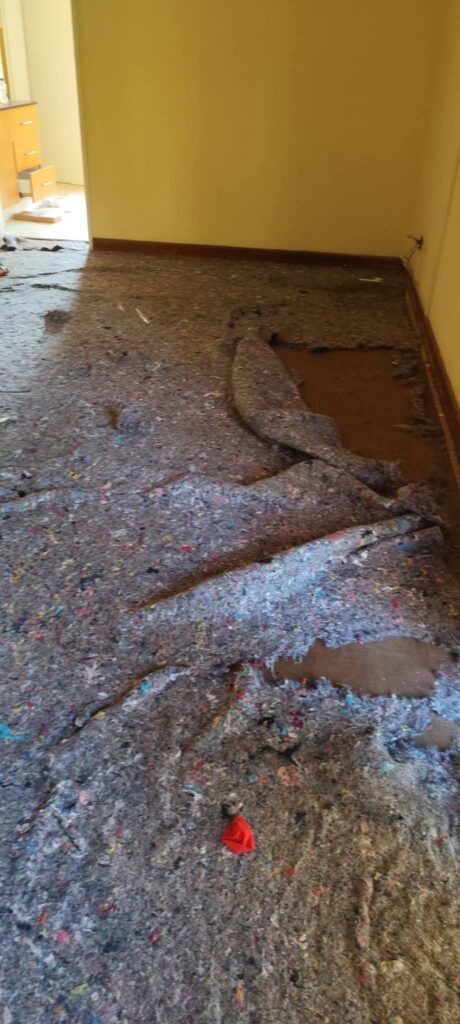
These findings align with what the Daily Times and other outlets have reported: broken water systems, missing assets, and signs of deliberate destruction.
Voices in the Fray: Demands, Denials, and Deflections
No investigation is complete without names, claims, and counterclaims. Below are key voices and their stakes.
Dalitso Kabambe (UTM leader):
Kabambe has been most vocal, calling the damage “gross negligence” toward a national symbol. He demands public accountability, forensic audits, and even that individuals be forced to bear the cost of repairs personally.
From his statement:
“This is not just about broken property—it is about broken trust. Those responsible must face justice regardless of their political affiliation.”
He also urged the MCP and former President Chakwera to make public apologies and submit to transparent inquiries.
Hon. Baba Steven Malondera (MCP, Lilongwe Nyanja):
Malondera has strongly disputed the narrative of vandalism, warning against what he calls a “plunder narrative” masking political manipulation. He asserted handovers between the previous and new management were properly conducted and challenged critics to produce verifiable, dated photographs of damage.
From his public remarks:
“Do not accept internet pictures without proof. Many of the images being shared now are not labelled or dated.”
“I fear this is the start of a story that will end with MK30 billion—or more—being waved around … as the price to ‘repair’ State Residences.”
Malondera claims that while staff houses might require maintenance, the core presidential residences are largely intact.
Director of State Residences, Kiswell Dakamau:
As per Nyasa Times, Dakamau acknowledged that a full damage assessment is still pending, following the recent handover.
He stated:
“We have just completed handovers with the former Chief of Staff … the process of assessing the extent of damage begins today. Once that is done, we will determine the cost of repairs and the next steps.”
Media & Civil Society Response:
Reports abound with social media users demanding arrests of perpetrators.
“This is pure sabotage and disrespect to the nation. Anyone who did this must be arrested.” wrote a citizen on social media.
Other outlets call denials complacent: “State House damage is real — Denials won’t wash.”
There is also a rising narrative in some circles that the vandalism claims are overblown or politically timed to justify large State House renovations—a “psychological tactic” to unlock funding.
Key Questions That Remain Unanswered
- Exact Timing & Responsibility
When did the damage occur? Was it during the transition period, after, or over a longer period under the previous administration? Who had custody when particular rooms or facilities were damaged? - Baseline Inventory & Evidence
What existed before—furnishings, electronics, fixtures—and what exactly is missing or broken now? Are there proper inventories and audit records to compare against? Are there time-stamped photographs, CCTV logs, or maintenance logs? - Standard Handover Protocols
Was there a formal, documented handover between previous and current household managers, and security teams? Were condition reports attached? Did those protocols follow guidelines in the Public Assets Act (if applicable)? - Security Lapses & Oversight
How did such widespread damage occur in a high-security zone? Which security units were active, and were any reports filed? Was there internal complicity? - Cost & Funding Transparency
How much will repairs cost? Who will authorize budgets? How will procurement be handled to avoid misuse of funds? - Legal & Disciplinary Action
Under what statutes would vandalism of state property be prosecuted? Will individuals (staff, contractors, political actors) be held accountable? Will the investigation be independent and impartial?
Implications & Stakes
Symbolism: The condition of Kamuzu Palace is not just infrastructure; it is a symbol of state legitimacy and institutional dignity. Its decay sends a strong message about capacity and respect.
Precedent in Transition Politics: If each government change becomes associated with allegations of vandalism or plunder, one could see a dangerous norm emerge, discouraging care for public property.
Fiscal Impact: The cost of repair will be borne by taxpayers. Without strict oversight, restoration efforts may become conduits for new abuse.
Public Trust: Citizens already facing hardship may see the palace’s state as an indictment of governance more broadly—fostering cynicism, frustration, or apathy.
Recommendations for Next Steps
Publish a complete, audited list of all damaged or missing assets, cross-referenced with pre-handover inventories.
Release dated, high-resolution photographs and videos of all affected rooms and areas (with timestamps), to allow public and forensic scrutiny.
Commission an independent forensic investigation, possibly with external oversight (civil society, anti-corruption commission), to probe evidence, examine security logs, and trace chains of custody.
Call staff, contractors, security officers, and past managers as witnesses under oath, to reconstruct what happened when.
Ensure transparent procurement and budgeting for repair works, with citizen monitoring and audit disclosure.
If culpability is established, pursue legal action or disciplined removal of those responsible, regardless of rank or party.
Conclusion
What once embodied presidential grandeur now stands as a battleground of conflicting narratives: neglect vs vandalism, accountability vs political theater. The photos, the quotes, the ruined rooms—all are evidence of a crisis in stewardship. But without accountability, the story risks becoming another tale of broken promises and public resources wasted.
Malawi’s citizens deserve more than explanations—they deserve clarity, redress, and assurance that the House of the Presidency will again reflect dignity, not decay.

